Hula Dancer Coneflower (Echinacea Pallida) – 1 Gallon Pot
$27.85 Original price was: $27.85.$19.50Current price is: $19.50.
SKU: D2LSC 2569352222 Category: NATIVE PLANTS
- Elevate Your Shopping Experience
- Get Quality, Get More
- 7-Day Returns, 100% Quality
- Protect Your Wallet with Safe Payments

Hula Dancer Coneflower
Echinacea pallida
Other Names; Pale Coneflower
Plant Details
USDA Plant Hardiness Zones: 3a-8b Find Your Zone
Plant Type: Perennial
Height at Maturity: 24-36″
Width at Maturity: 12-18″
Spacing: 15-18″ for mass plantings
Spacing: 15-18″ for mass plantings
Growth Habit / Form: Upright
Growth Rate: Fast
Flower Color: Soft Pink to White
Flower Size: 3″
Flowering Period: Summer
Flower Type: Daisy like
Fragrant Flowers: No
Foliage Color: Olive Green
Fragrant Foliage: No
Berries: No
Berry Color: No
Sun Needs: Full Sun or Light Shade
Water Needs: Average, drought tolerant when established
Soil Type: Clay (Amend heavy clay soils to ensure good drainage), Loam, Sandy, Silt
Soil Moisture / Drainage: Moist But Well Drained; Dry when established
Soil pH: 6.0 – 7.5 (Moderately Acid to Slightly Alkaline)
Maintenance / Care: Low
Attracts: Butterflies, Beneficial Pollinators, Visual Attention
Resistances: Cold Tolerant (-40F / Zone 3a), Clay Soil (well drained), Deer, Disease, Heat, Humidity, Insect, Rabbit, Rocky Soil
Description
A super tough but beautiful North American native perennial, the Hula Dancer Coneflower features abundant, graceful, daisy-like flowers atop 2 to 3 foot tall stems in early to mid summer. Each flower has a prominent reddish-brown cone surrounded by a hula-like skirt of 12 to 20 slender drooping soft pink to white petals sometimes blushed with a darker pink. Hula Dancer is a slightly larger growing plant than the species, and interestingly the butterflies and beneficial pollinators prefer the flowers over the parent. The flowers are excellent for cutting and use in floral arrangements, however if some spent flowers are left on the plant the black seed cones will provide interest in the garden and also seeds for goldfinches and other birds to munch on. The seeds the birds don’t get will drop to the ground and start new plants, which makes this one a perfect plant for naturalizing in a sunny to partially shaded woodland border or wildflower garden. Very easy to grow, all that’s needed is plenty of sun and a well-drained soil of average fertility to have this beautiful hula girl dancing in and livening up your garden.
Wildlife Benefits
Butterflies, skippers, bees and the occasional hummingbird feed on the nectar of coneflowers. Caterpillars of the Silvery Checkerspot butterfly and several moths feed on the foliage. Eastern Goldfinches consume the nutlike seed.
Landscape & Garden Uses
Growing to 3 feet tall and 18 inches wide in bloom, the Hula Dancer Coneflower is ideal for use in sunny to lightly shaded woodland borders, perennial gardens, wildlife gardens, prairie and meadow gardens, butterfly gardens, cut flower gardens, native plant gardens, cottage cottage gardens, and white or pink theme gardens.
Suggested Spacing: 15 to 18 inches for mass plantings; 36 inches or more for space between plants
Growing Preferences
Hula Dancer Coneflower is very easy to grow in most any well-drained soil of average to low fertility in full sun or light shade. Too much shade or too rich of a soil might cause the plant to flop, so give it as much sun as possible and don’t over-feed. We suggest at least 5 hours of direct sunlight for best flowering. As with many other perennial plants, constantly soggy or wet soils can be problematic. Plants are quite drought tolerant when established, growing in even rocky soils, and are also heat and humidity tolerant in Zones 3-8b. Heavy, dense clay soils should be amended with organic matter to ensure good drainage.
Plant Long & Prosper!
Questions? Contact Us!
Be the first to review “Hula Dancer Coneflower (Echinacea Pallida) – 1 Gallon Pot” Cancel reply
Related products
Sale!
NATIVE PLANTS
Sale!
NATIVE PLANTS
Sale!
Sale!
NATIVE PLANTS
Sale!
NATIVE PLANTS
Sale!
Sale!
NATIVE PLANTS
Sale!




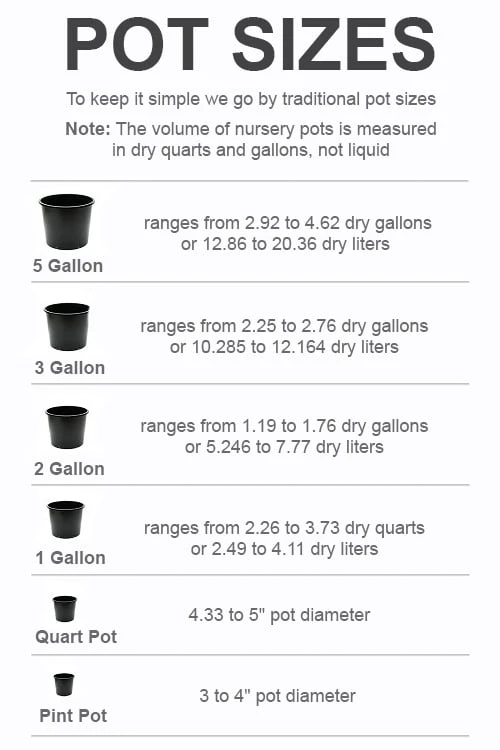






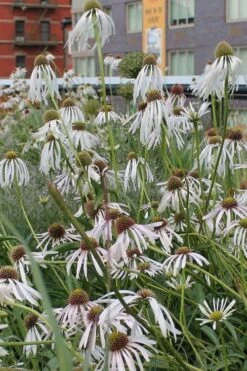

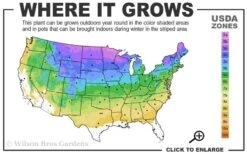
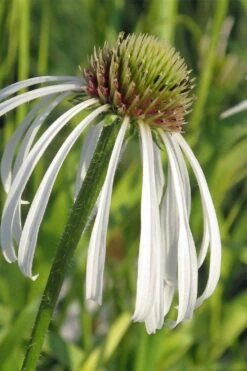

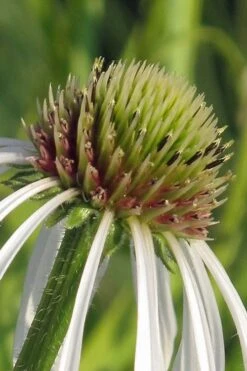

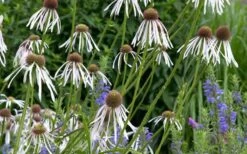
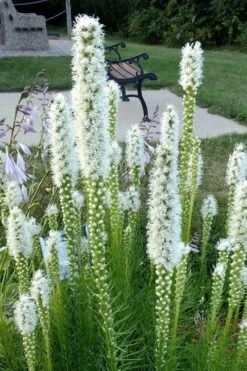
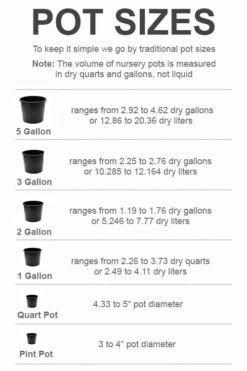
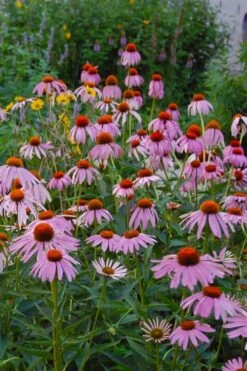
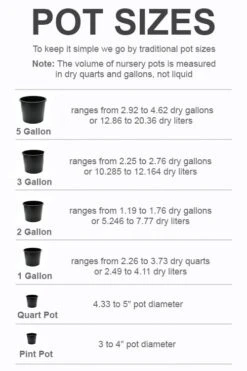
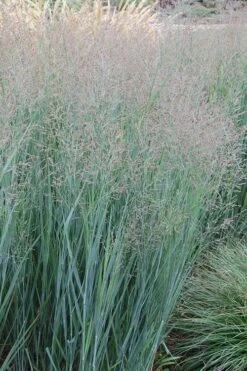
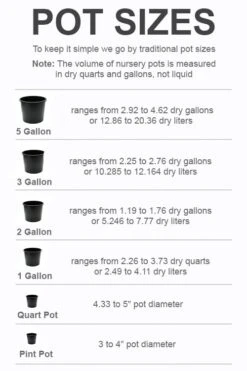

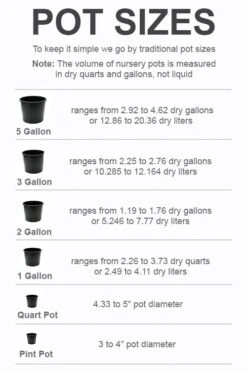
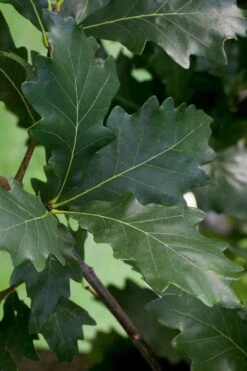
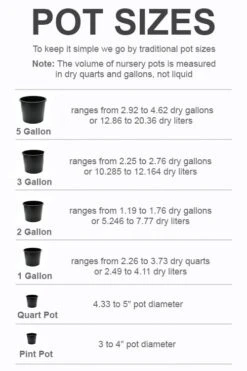

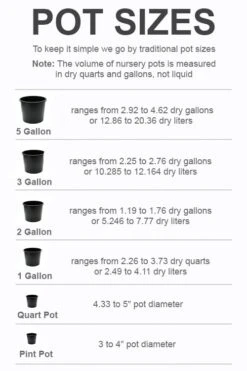
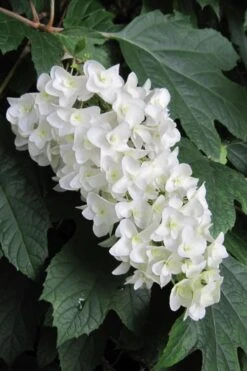
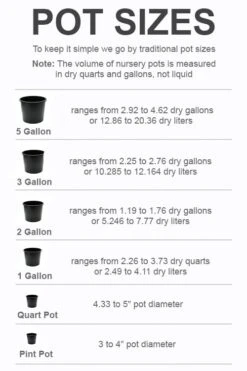

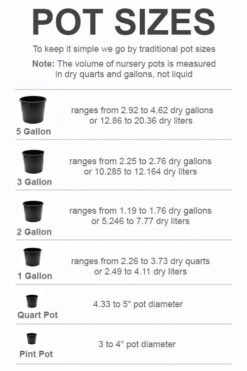
Reviews
There are no reviews yet.